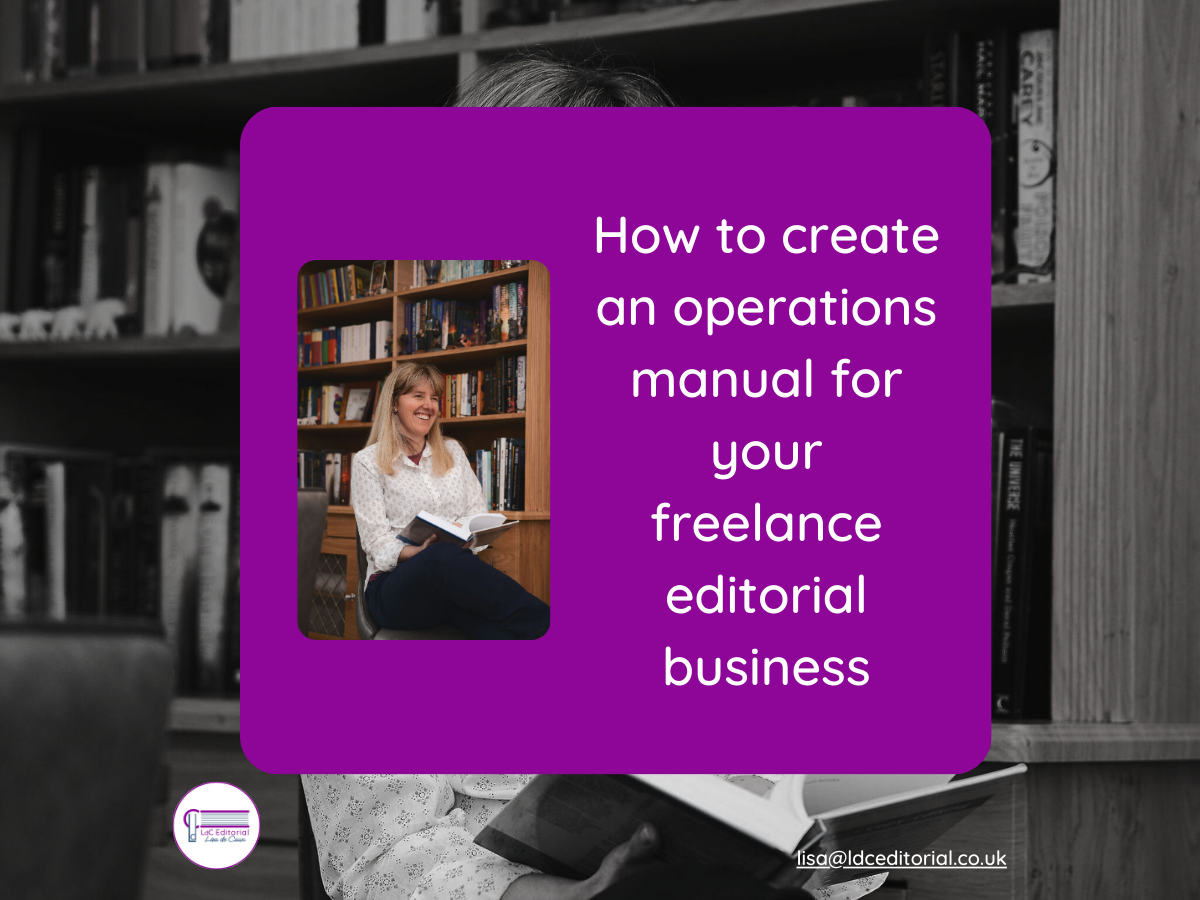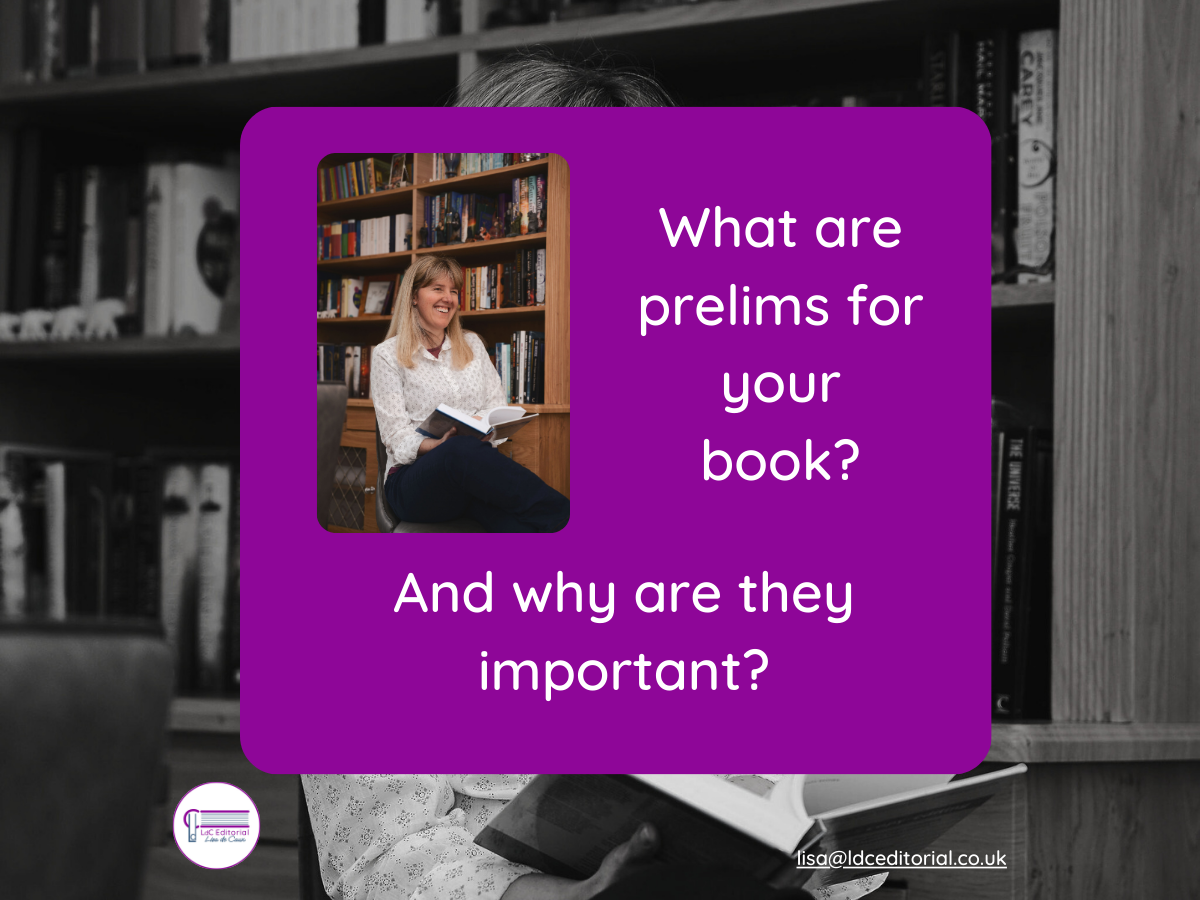The emotional investment in editing
The emotional investment in editing for first-time authors – and editorial business recommendations

What do I mean by emotional investment? The time, energy, and feelings a first-time author puts into their books. An author typically cares deeply about their book, to the point where its progress towards publication affects their emotions.
When working with first-time authors, it’s clear that editors can play a crucial role in making suggestions to improve a manuscript. And they can support writers through a deeply personal and sometimes overwhelming process.
The key takeaway from my research
Editing is a vulnerable experience for authors.
Editors must establish and maintain trust with their authors.

This didn’t feel like a surprise to me and I know it won’t come as a surprise to my colleagues!
Where my research started
In late 2024, I decided it was time to investigate the emotional investment in editing for first-time authors properly. It had been on my mind for a while.
I had a couple of conversations with authors who’d worked with me and were willing to share their thoughts.
From there, it became clear that I needed to expand my research.

I created an anonymous questionnaire
It closed at the end of January 2025.
I’ve been understanding the responses, what I’ve learned from the exercise, and what could be useful to share with other editors.
Caveat: a couple of the authors got in touch separately so I can guess which responses were theirs.

Fiction, non-fiction and time taken to write
My research covered 70% non-fiction and 30% fiction authors.
Thank you so much to the authors who participated and shared their thoughts so openly and generously!
It was fascinating to learn that the emotional investment is similar between non-fiction and fiction authors.
It depends on the author, how long they’ve been working on their book, and what they’re hoping for from publication.
The time taken to write the book varied from five weeks to twelve years.
When I tried to generate a graph of time taken, it just looked like a squiggly line LOL
There is no one-size-fits-all answer.

The responses to the questionnaire revealed key insights into authors’ expectations, fears, and experiences with editing.
Interesting thoughts from the authors came from the ‘anything else to share’ question. I’ve reflected these answers where they're relevant to the main questions.
Findings from the questionnaire
Q: For your first published book, how did you feel about whether you needed an edit or not?
Uncertainty about the editing process
Though there was a general recognition that an edit would be needed, many first-time authors were unsure about what an editor does, the different types of editing available, and how the process would work.
Some expected minimal changes, while others were looking for significant guidance.
Some authors had doubts about how to establish an editor’s credibility.
Where their first book had been published by a traditional publisher, the authors had not typically known much about how editing fitted in to the process.
Positive recommendations
Some authors had received positive recommendations about editors from colleagues and friends.
Difficulty of working with co-authors
One author took account of the fact that their co-author was not sure about the need for an edit at all. Differing views added to the complexity of working (or not) with an editor.
Q: What were you feeling as you prepared to send your final draft to your editor?
Nerves and the emotional attachment to the book
Some authors had spent years working on their book and felt deeply connected to their words. This made handing over their manuscript a nerve-wracking experience.
Some authors noted that they wanted the editor to like the book, and hoped changes were minimal. Others knew that there were errors that needed fixing.
Concerns about marketing and other personal matters were also on authors’ minds.
Fear of harsh criticism
Some respondents were anxious about receiving overly negative feedback. They feared that extensive edits would undermine their confidence or alter their work too much.
Concerns about losing their voice
A recurring theme was the worry that editing would strip away their unique style and personal expression.
Hesitation about sending their manuscript
Authors often felt reluctant to let an editor review their work, stemming from self-doubt or lack of clarity about what would happen next.
Q: How did you feel about receiving the completed edit?
Lack of awareness about the publishing process
Many authors expected editing to be the final step and were surprised to learn that there were additional steps like formatting and proofreading.
Sensitivity to the time and effort invested
After working on their manuscript for years, some authors found it difficult to accept changes or criticism, even when constructive.
If a book had been worked on for a shorter time, the emotional investment was typically less.
Fear of criticism
Some respondents were so anxious that they did not want to look at the edit straight away. There was more than one reference to being reminded of school days.
Some authors worried about discovering that their book wasn’t as good as they’d hoped.
Q: Have you gone on to write more books and have them edited?
Some authors have continued to write, been prolific and continued to engage with editing.
A small percentage continued to write and self-edited, while one author’s editing experience had put them off publishing (though they’ve recently started writing again).

The main takeaways
One size does not fit all!
First-time authors are very likely to need guidance through the editing process and how that fits into the wider publishing process. Sending a manuscript to be edited and receiving a completed edit can be equally nerve-wracking.
Where an author is moving from traditional publishing to self-publishing, they may feel like a first-time author again.
First-time authors are likely to feel vulnerable.
The first book is widely recognised as requiring the highest level of emotional investment, due to the need to learn about the publishing process.
The emotional investment varies and typically reflects the amount of time the author has spent writing.

Key business recommendations for editors: understand the author’s context
Recognize the emotional investment
As soon as possible, discover how long the author has been writing and what they’re hoping for their book once it’s published.
Once you understand their context for writing, you’ll understand how to acknowledge the effort and emotional weight behind the book.
Given that authors may be unsure about the publishing process, early information is key
Be clear from the outset about the type of editing you provide and the scope of your work.
If you can direct authors to where you’ve already talked about your services (e.g. your website or a blog), it will reassure them that you know your stuff, demonstrating your credibility.

Bonus recommendation
Help authors navigate what comes next
Can you offer advice on what comes after editing?
Helping an author understand the bigger picture could add value to the author and the edit.

Key finding: building trust is critical to supporting a first-time author
The responses to the questionnaire were clear: it’s a vulnerable time and a first-time author’s experience with an editor can shape their entire perspective on the publishing process.
A positive first editing experience can determine whether an author embraces professional editing in the future or avoids it altogether.
My key finding is that trust is critical to the author’s emotional investment in editing.
📚 I’m Lisa. I’m an editor and proofreader, specialising in business books and fiction. I spent many years as a chartered accountant before retraining as an editor and proofreader. Now I get to embrace my degree in English Lit!
Please do
email me to talk about editing or proofreading, or to be added to my waiting list.









